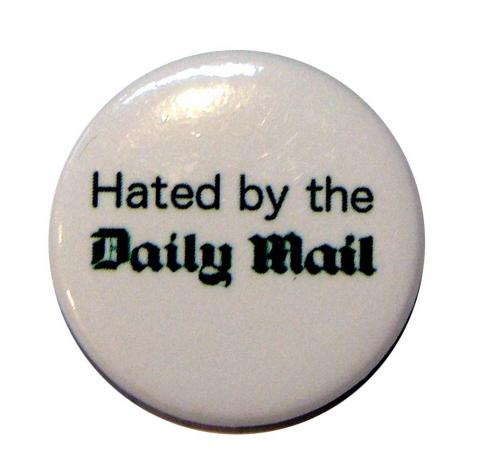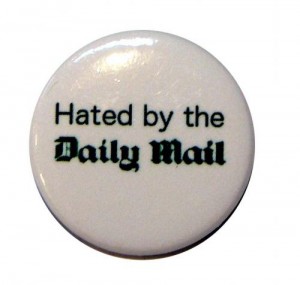On Friday the Daily Mail published a story with a front page headline “DISABLED BENEFIT? JUST FILL IN A FORM”. On Saturday, a story by the same author appeared inside the paper, this time presenting some of the objections to the first story.
I’m afraid that I remain rather cynical on this. The piece looks to me like a rather hurried climb-down by the same author that wrote the previous story. The tone of the two pieces is completely different; the first one contains many (incorrect) assertions, while the second one simply quotes various objections from charities but asserts nothing. Indeed, the words “claims” and “said” are all over the place in the article including the headline. The article does make an effort to present the correct data about numbers with evidence and amounts claimed but this is still limited to a tiny paragraph more than halfway through. Then look at the prominence given to the two articles - one was a front-page headline and the other was hidden inside the paper.
Ultimately the intention of the writer is betrayed by the choice of final paragraph - a quote from Ian Duncan Smith which again emphasises the lack of checks of permanently disabled recipients of DLA. This emphasis is purely idealogical and in my opinion an absurd stance - checking permanently disabled people so frequently costs a fortune and achieves nothing! My dad isn’t going to re-grow the discs in his spine. Blind people aren’t going to suddenly see. Paralysed people won’t suddenly walk again. Admittedly some people’s health will improve, but for people on DLA that is a rare occurence and could be better served simply by writing to the patients or their GP once a year and asking if their condition has changed.


 It should be quite obvious to all that read my blog that I am a left-wing liberal with socialist tendencies, a deep mistrust of authority and an intense dislike for right-wing views. I make no secret of this; I mention it in my “About” page and I state my views in my articles quite often. My views obviously shape my writing and introduce a bias into what I report. When I comment on actions of the police or on Conservative party policies I am usually negative about them because I disagree with them - this is a natural consequence of writing in a blog, or indeed of my writing at all. I choose what to write about based on what I think is important or on what inspires me, and negative things usually seem more important to me than positive ones. The same thing is obvious in social networks like Facebook and Twitter. Negative statements or reporting of news items seen as negative will always be shared, liked or retweeted more than positive ones. Statements with swearing doubly so.
It should be quite obvious to all that read my blog that I am a left-wing liberal with socialist tendencies, a deep mistrust of authority and an intense dislike for right-wing views. I make no secret of this; I mention it in my “About” page and I state my views in my articles quite often. My views obviously shape my writing and introduce a bias into what I report. When I comment on actions of the police or on Conservative party policies I am usually negative about them because I disagree with them - this is a natural consequence of writing in a blog, or indeed of my writing at all. I choose what to write about based on what I think is important or on what inspires me, and negative things usually seem more important to me than positive ones. The same thing is obvious in social networks like Facebook and Twitter. Negative statements or reporting of news items seen as negative will always be shared, liked or retweeted more than positive ones. Statements with swearing doubly so.
